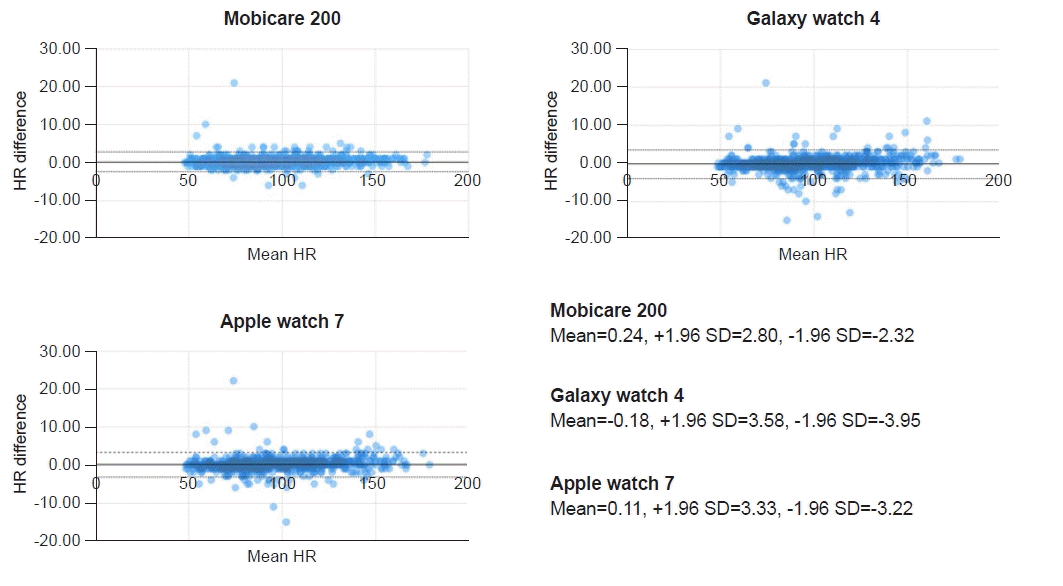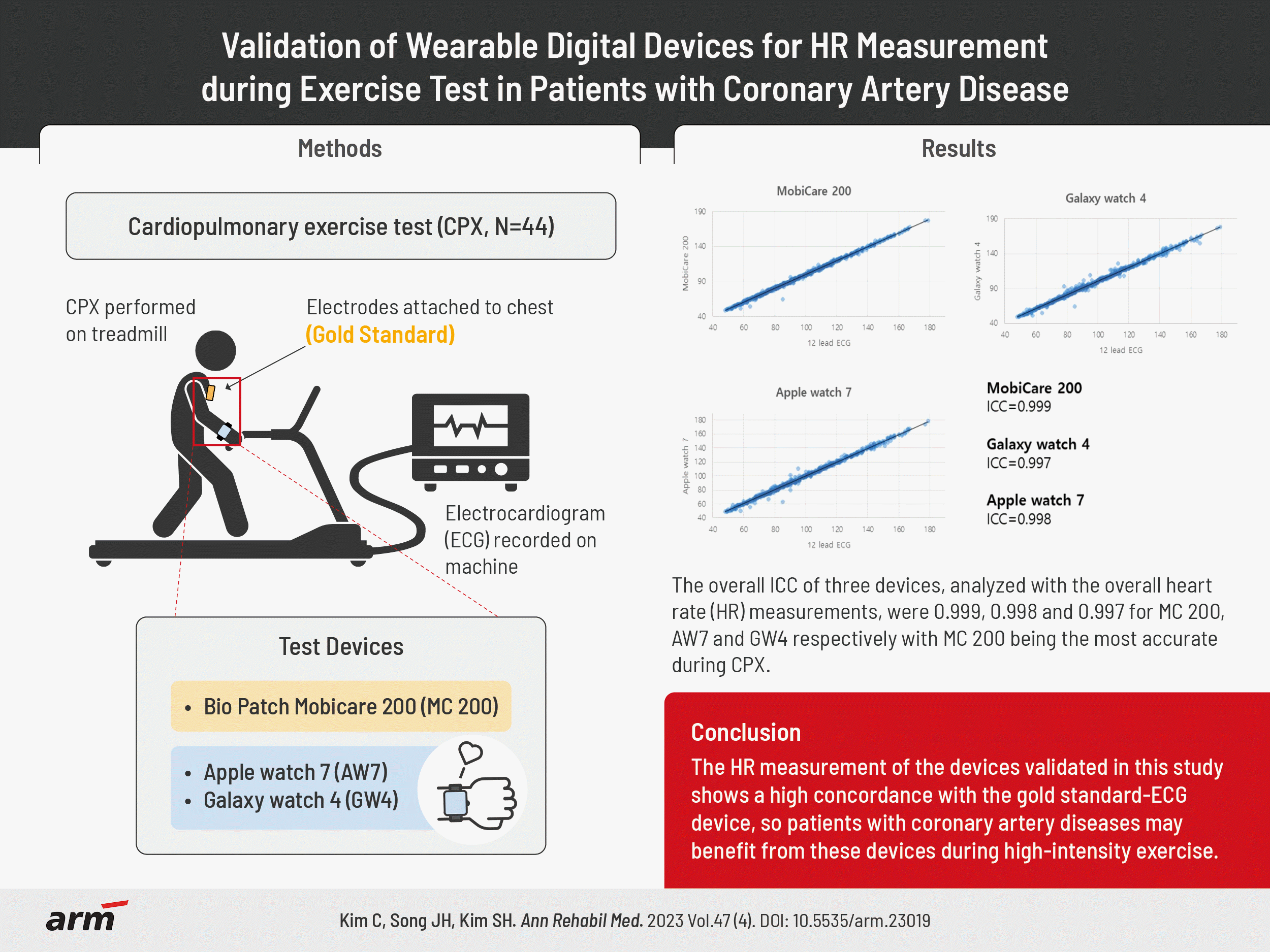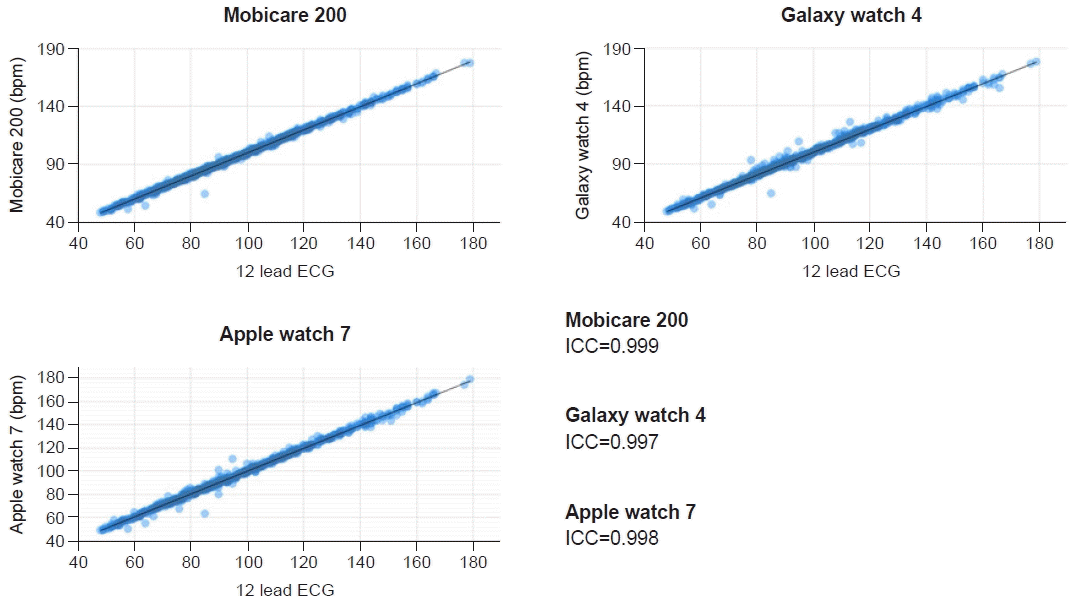1. Thomas RJ, Beatty AL, Beckie TM, Brewer LC, Brown TM, Forman DE, et al. Home-based cardiac rehabilitation: a scientific statement from the American Association of Cardiovascular and Pulmonary Rehabilitation, the American Heart Association, and the American College of Cardiology. Circulation. 2019; 140:e69–89.

2. Kim C, Sung J, Han JY, Jee S, Lee JW, Lee JH, et al. Current status of cardiac rehabilitation in the Regional Cardiocerebrovascular Centers in Korea. J Clin Med. 2021; 10:5079.

3. Buckingham SA, Taylor RS, Jolly K, Zawada A, Dean SG, Cowie A, et al. Home-based versus centre-based cardiac rehabilitation: abridged Cochrane systematic review and meta-analysis. Open Heart. 2016; 3:e000463.

4. Antoniou V, Davos CH, Kapreli E, Batalik L, Panagiotakos DB, Pepera G. Effectiveness of home-based cardiac rehabilitation, using wearable sensors, as a multicomponent, cutting-edge intervention: a systematic review and meta-analysis. J Clin Med. 2022; 11:3772.

5. Anderson L, Sharp GA, Norton RJ, Dalal H, Dean SG, Jolly K, et al. Home-based versus centre-based cardiac rehabilitation. Cochrane Database Syst Rev. 2017; 6:CD007130.

6. Kim C, Kim SH, Suh MR. Accuracy and validity of commercial smart bands for heart rate measurements during cardiopulmonary exercise test. Ann Rehabil Med 2022;46:209-18. Erratum in: Ann Rehabil Med. 2023; 47:78.

7. Bidargaddi NP, Sarela A. Activity and heart rate-based measures for outpatient cardiac rehabilitation. Methods Inf Med. 2008; 47:208–16.

8. Gillinov S, Etiwy M, Wang R, Blackburn G, Phelan D, Gillinov AM, et al. Variable accuracy of wearable heart rate monitors during aerobic exercise. Med Sci Sports Exerc. 2017; 49:1697–703.

9. Boudreaux BD, Hebert EP, Hollander DB, Williams BM, Cormier CL, Naquin MR, et al. Validity of wearable activity monitors during cycling and resistance exercise. Med Sci Sports Exerc. 2018; 50:624–33.

10. Dooley EE, Golaszewski NM, Bartholomew JB. Estimating accuracy at exercise intensities: a comparative study of self-monitoring heart rate and physical activity wearable devices. JMIR Mhealth Uhealth. 2017; 5:e34.

11. Etiwy M, Akhrass Z, Gillinov L, Alashi A, Wang R, Blackburn G, et al. Accuracy of wearable heart rate monitors in cardiac rehabilitation. Cardiovasc Diagn Ther 2019;9:262-71. Erratum in: Cardiovasc Diagn Ther. 2020; 10:644–5.
12. Martinato M, Lorenzoni G, Zanchi T, Bergamin A, Buratin A, Azzolina D, et al. Usability and accuracy of a smartwatch for the assessment of physical activity in the elderly population: observational study. JMIR Mhealth Uhealth. 2021; 9:e20966.

13. Prieto-Avalos G, Cruz-Ramos NA, Alor-Hernández G, Sánchez-Cervantes JL, Rodríguez-Mazahua L, Guarneros-Nolasco LR. Wearable devices for physical monitoring of heart: a review. Biosensors (Basel). 2022; 12:292.

14. Arifin WN. A web-based sample size calculator for reliability studies. Educ Med J. 2018; 10:67–76.

15. Koo TK, Li MY. A guideline of selecting and reporting intraclass correlation coefficients for reliability research. J Chiropr Med 2016;15:155-63. Erratum in: J Chiropr Med. 2017; 16:346.
16. Fletcher GF, Ades PA, Kligfield P, Arena R, Balady GJ, Bittner VA, American Heart Association Exercise, Cardiac Rehabilitation; Prevention Committee of the Council on Clinical Cardiology, Council on Nutrition, Physical Activity and Metabolism, Council on Cardiovascular; Stroke Nursing, and Council on Epidemiology and Prevention, et al. Exercise standards for testing and training: a scientific statement from the American Heart Association. Circulation. 2013; 128:873–934.
17. Fokkema T, Kooiman TJ, Krijnen WP, VAN DER Schans CP, DE Groot M. Reliability and validity of ten consumer activity trackers depend on walking speed. Med Sci Sports Exerc. 2017; 49:793–800.

18. Nelson BW, Allen NB. Accuracy of consumer wearable heart rate measurement during an ecologically valid 24-hour period: intraindividual validation study. JMIR Mhealth Uhealth. 2019; 7:e10828.

19. Kwon S, Lee SR, Choi EK, Ahn HJ, Song HS, Lee YS, et al. Validation of adhesive single-lead ECG device compared with Holter monitoring among non-atrial fibrillation patients. Sensors (Basel). 2021; 21:3122.

20. Ghaffari S, Kazemi B, Aliakbarzadeh P. Abnormal heart rate recovery after exercise predicts coronary artery disease severity. Cardiol J. 2011; 18:47–54.
21. Johnson NP, Goldberger JJ. Prognostic value of late heart rate recovery after treadmill exercise. Am J Cardiol 2012;110:45-9. Erratum in: Am J Cardiol. 2012; 110:763.
22. Gayda M, Bourassa MG, Tardif JC, Fortier A, Juneau M, Nigam A. Heart rate recovery after exercise and long-term prognosis in patients with coronary artery disease. Can J Cardiol. 2012; 28:201–7.

23. Navalta JW, Montes J, Bodell NG, Salatto RW, Manning JW, DeBeliso M. Concurrent heart rate validity of wearable technology devices during trail running. PLoS One. 2020; 15:e0238569.

24. Alzahrani A, Hu S, Azorin-Peris V, Barrett L, Esliger D, Hayes M, et al. A multi-channel opto-electronic sensor to accurately monitor heart rate against motion artefact during exercise. Sensors (Basel). 2015; 15:25681–702.

25. El-Amrawy F, Nounou MI. Are currently available wearable devices for activity tracking and heart rate monitoring accurate, precise, and medically beneficial? Healthc Inform Res. 2015; 21:315–20.

26. Laukkanen RM, Virtanen PK. Heart rate monitors: state of the art. J Sports Sci. 1998; 16 Suppl:S3–7.

27. Léger L, Thivierge M. Heart rate monitors: validity, stability, and functionality. Phys Sportsmed. 1988; 16:143–51.

28. Patel MS, Asch DA, Volpp KG. Wearable devices as facilitators, not drivers, of health behavior change. JAMA. 2015; 313:459–60.

29. Bent B, Goldstein BA, Kibbe WA, Dunn JP. Investigating sources of inaccuracy in wearable optical heart rate sensors. NPJ Digit Med. 2020; 3:18.

30. Sarhaddi F, Kazemi K, Azimi I, Cao R, Niela-Vilén H, Axelin A, et al. A comprehensive accuracy assessment of Samsung smartwatch heart rate and heart rate variability. PLoS One. 2022; 17:e0268361.

31. Nissen M, Slim S, Jäger K, Flaucher M, Huebner H, Danzberger N, et al. Heart rate measurement accuracy of Fitbit Charge 4 and Samsung Galaxy Watch Active2: device evaluation study. JMIR Form Res. 2022; 6:e33635.

32. Brophy E, Muehlhausen W, Smeaton AF, Ward TE. Optimised convolutional neural networks for heart rate estimation and human activity recognition in wrist worn sensing applications. arXiv [Online]. 2020; [cited 2023 Apr 28]. Available from:
https://doi.org/10.48550/arXiv.2004.00505.

33. Kang JH, Cho BH, Lee JS, Chee YJ, Kim IY, Kim SI. A study on accelerometer based motion artifact reduction in photoplethysmography signal. J Biomed Eng Res. 2007; 28:369–76.
34. Kappert K, Böhm M, Schmieder R, Schumacher H, Teo K, Yusuf S, ONTARGET/TRANSCEND Investigators, et al. Impact of sex on cardiovascular outcome in patients at high cardiovascular risk: analysis of the Telmisartan Randomized Assessment Study in ACE-Intolerant Subjects With Cardiovascular Disease (TRANSCEND) and the Ongoing Telmisartan Alone and in Combination With Ramipril Global End Point Trial (ONTARGET). Circulation. 2012; 126:934–41.

35. Bots SH, Peters SAE, Woodward M. Sex differences in coronary heart disease and stroke mortality: a global assessment of the effect of ageing between 1980 and 2010. BMJ Glob Health. 2017; 2:e000298.

36. Blok S, Piek MA, Tulevski II, Somsen GA, Winter MM. The accuracy of heartbeat detection using photoplethysmography technology in cardiac patients. J Electrocardiol. 2021; 67:148–57.







 PDF
PDF Citation
Citation Print
Print





 XML Download
XML Download